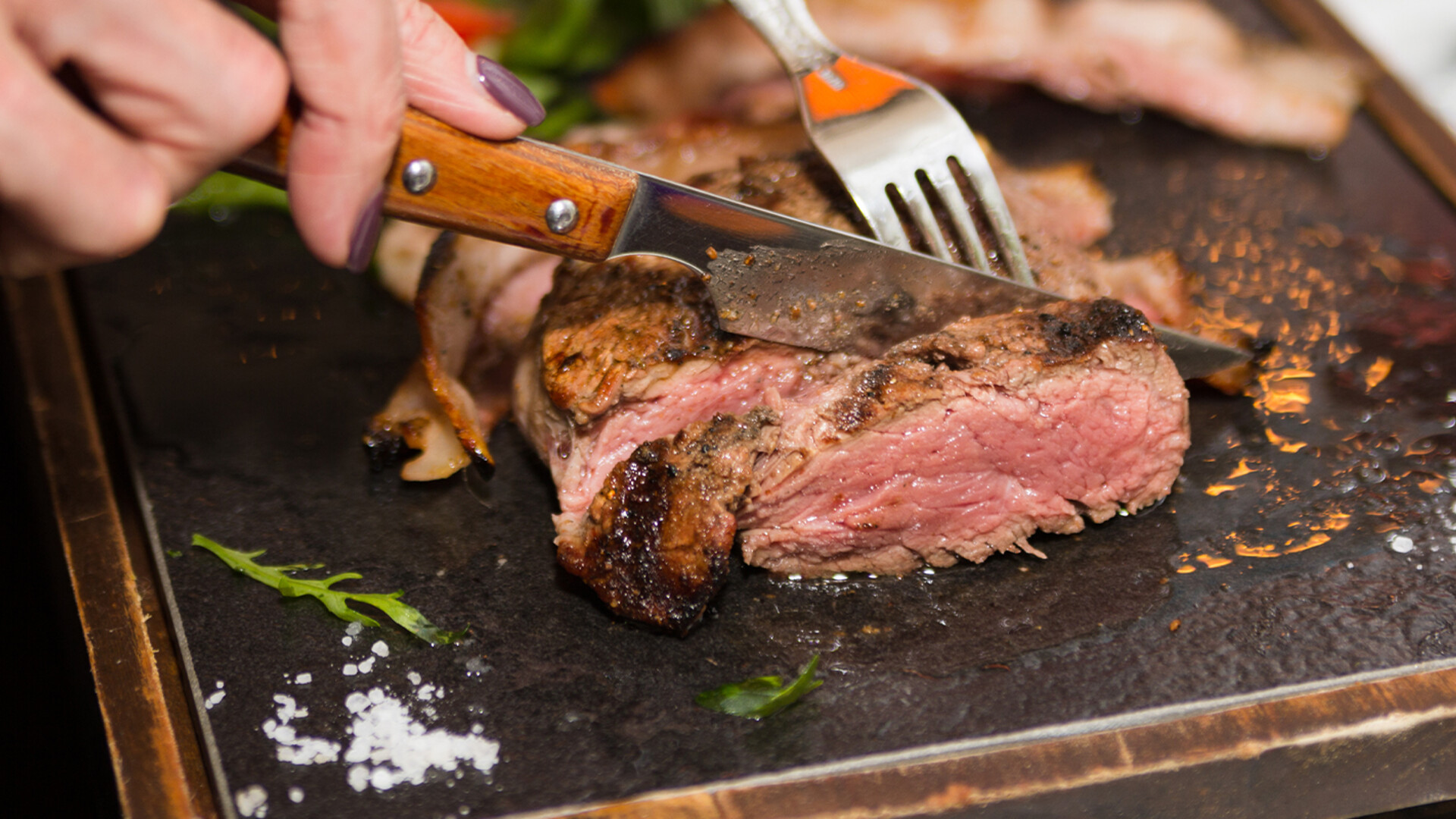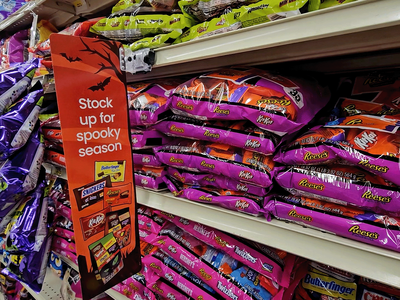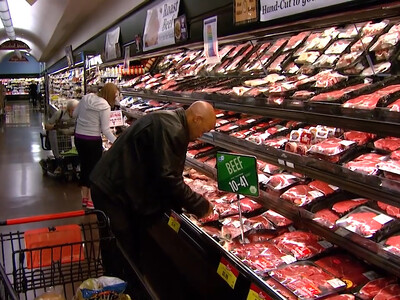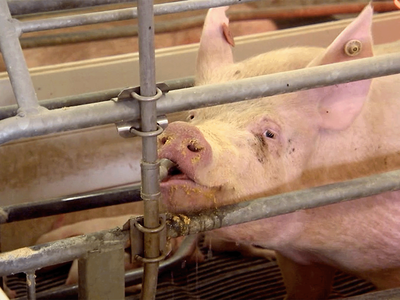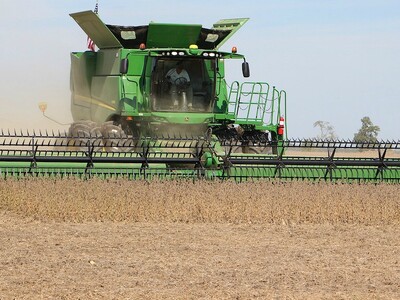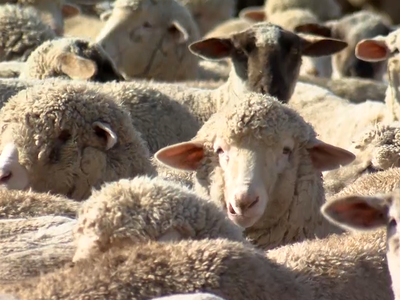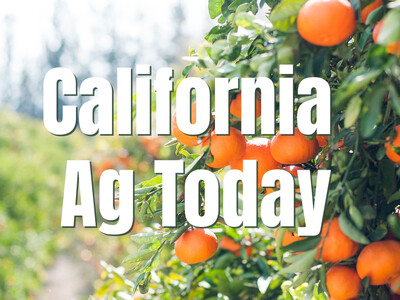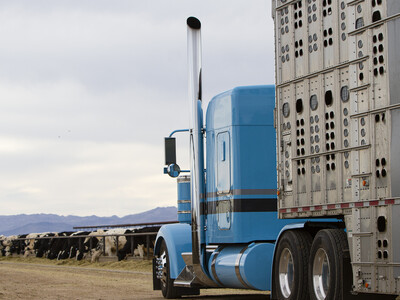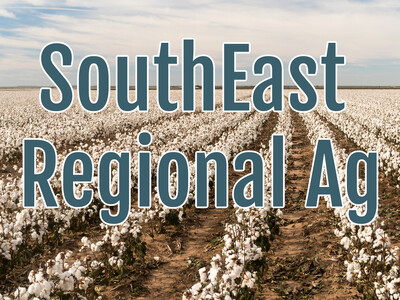Consumer Beef Demand Survey Shows Some Concern Going into Winter
The latest monthly consumer beef demand survey shows some concern going into winter, according to one livestock market economist. Glyn Tonsor at Kansas State University says demand for beef has been strong during the summer months but there is concern going into the fall and winter, especially for food service establishments for both beef and pork.Tonsor conducts a monthly consumer meat demand study for ribeye steak and ground beef. The monthly study is underwritten by the beef checkoff and the pork checkoff.
“On the retail, or grocery stores side of things, demand for both of those products was down slightly, but literally pennies, so basically down flattened down just a little bit from August levels" said Tonsor. "And when we go to food service, the pullbacks are stronger. Foot traffic and general activity around the country has stepped back a little bit over the last month and foot traffic through restaurants I think is part of that story.”
Going into the fall, restaurants can stretch outside eating with supplemental heating, but winter could see a bearish impact as consumers could be uncomfortable dining inside during the pandemic.
The latest survey also asked about a COVID-19 vaccine.
“Almost 40 percent indicate they think they will have one available to themselves in the first quarter of 2021" said Tonsor. "To be determined. But, that is telling, that is a sizable part of the population that thinks that. I followed that with, once a vaccine is available, what’s going to be your change in behavior, if any, in a food service sense? So, more narrowly, I asked, how are you going to change your willingness to sit down, dine in, on-site in a restaurant? And 19 percent say they immediately will have more sit down, on-site restaurant meals. A full 32 percent say they will make no change. And for those that are good at math, that leaves basically 50 percent that say they are going to slowly go back to consuming more.”
He says that offers some optimism for the food service sector, and more opportunity for retailers to supply consumers who are not going to change their behavior.
Source: NAFB


